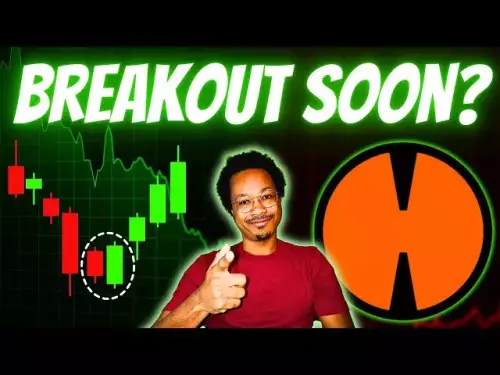-
 bitcoin
bitcoin $113137.862908 USD
0.65% -
 ethereum
ethereum $4107.436072 USD
-1.96% -
 xrp
xrp $2.908808 USD
2.59% -
 tether
tether $1.000294 USD
0.01% -
 bnb
bnb $1010.914842 USD
-1.12% -
 solana
solana $210.653310 USD
-2.16% -
 usd-coin
usd-coin $0.999776 USD
-0.01% -
 dogecoin
dogecoin $0.239360 USD
-0.04% -
 tron
tron $0.337849 USD
0.37% -
 cardano
cardano $0.807698 USD
-0.61% -
 hyperliquid
hyperliquid $45.387447 USD
0.61% -
 chainlink
chainlink $21.408287 USD
-0.92% -
 ethena-usde
ethena-usde $1.000509 USD
-0.04% -
 avalanche
avalanche $32.634682 USD
-4.77% -
 sui
sui $3.349772 USD
-0.19%
How to check an address's token portfolio
Use blockchain explorers like Etherscan or BscScan to analyze token holdings by entering a wallet address and reviewing its token balances, transactions, and NFTs across supported networks.
Sep 10, 2025 at 03:18 am
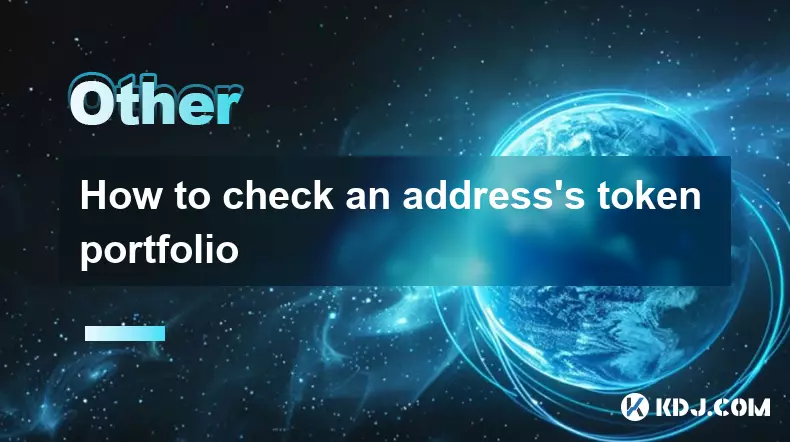
Using Blockchain Explorers to Analyze Token Holdings
1. Navigate to a blockchain explorer such as Etherscan for Ethereum-based addresses or BscScan for Binance Smart Chain. These platforms allow public access to all transaction data and token balances associated with any wallet address.
- Enter the wallet address into the search bar. Once submitted, the explorer will display a detailed overview of the address, including its native cryptocurrency balance and transaction history.
- Locate the 'Token Holdings' or 'Tokens' tab on the address page. This section lists all ERC-20, BEP-20, or other standard tokens held by the wallet, including quantities and current valuations.
- Click on individual tokens to view additional details such as contract addresses, token decimals, and recent transfers.
- Verify the authenticity of each token by cross-referencing the contract address with official project websites or trusted databases like CoinMarketCap or CoinGecko.
Tracking Portfolio Value with Portfolio Trackers
1. Use decentralized portfolio management tools like Zapper.fi, Zerion, or DeBank. These platforms aggregate holdings across multiple blockchains and provide real-time valuation updates.
- Connect the wallet address using supported methods such as MetaMask, WalletConnect, or manual address input.
- The platform automatically scans linked blockchains and displays all tokenized assets, including governance tokens, LP tokens, and staked positions.
- View breakdowns by chain, token category, or yield sources. Some platforms offer historical performance charts and net worth tracking over time.
- Ensure the tracker supports the specific blockchain where the address operates, especially for lesser-known networks like Polygon, Arbitrum, or Avalanche.
Analyzing NFT and Non-Fungible Assets
1. Access NFT-specific explorers such as OpenSea, Blur, or LooksRare and paste the wallet address into their search fields.
- The interface will load all NFT collections owned by the address, including rarity rankings, floor prices, and ownership history.
- Review collection names, token IDs, and metadata to confirm legitimacy and avoid spoofed or counterfeit NFTs.
- Cross-check NFT holdings with on-chain data via Etherscan’s “NFT” tab to verify ownership at the smart contract level.
- Be cautious of spam NFTs or airdropped tokens that may clutter the portfolio view but hold no actual value.
Common Questions About Wallet Portfolio Analysis
How can I verify if a token listed in my portfolio is legitimate?Check the token’s contract address against the official website of the project. Use tools like Token Sniffer or CertiK to scan for potential risks or malicious code. Look for audit reports and community reputation on forums like Reddit or Discord.
Can I view token portfolios across multiple blockchains simultaneously?Yes, platforms like Zapper and Zerion support multi-chain portfolio tracking. After connecting a wallet, they pull data from Ethereum, Polygon, Optimism, Fantom, and others, offering a consolidated view of all token assets.
Why does my wallet show a token balance but no value?This typically occurs when the token is not recognized by price aggregation services. It could be a newly launched token, a defunct project, or a scam token with no trading volume. Confirm if the token has a listed market pair on decentralized exchanges.
Is it safe to enter my wallet address on third-party tracking sites?Viewing a wallet’s public data is safe since blockchain information is transparent by design. However, never enter your private key or seed phrase. Use read-only tools and ensure websites have HTTPS and trusted domain reputations.
Disclaimer:info@kdj.com
The information provided is not trading advice. kdj.com does not assume any responsibility for any investments made based on the information provided in this article. Cryptocurrencies are highly volatile and it is highly recommended that you invest with caution after thorough research!
If you believe that the content used on this website infringes your copyright, please contact us immediately (info@kdj.com) and we will delete it promptly.
- Coin Value Challenge: Navigating the Shifting Sands of Crypto and Tradition
- 2025-09-26 08:25:13
- XRP, Cardano, and Opportunity: Navigating the Crypto Landscape in 2025
- 2025-09-26 08:25:13
- Pepe, Price Prediction, and Returns: Is the Meme Magic Fading?
- 2025-09-26 08:45:14
- BullZilla: The Meme Coin Behemoth with 100x Potential?
- 2025-09-26 08:30:01
- Base's Blockchain Base: Developers Drive TVL Goal to $5 Billion and Beyond
- 2025-09-26 08:45:14
- MoonBull Presale: Your Ticket to the Next Pepe-Level Crypto Opportunity?
- 2025-09-26 08:30:01
Related knowledge
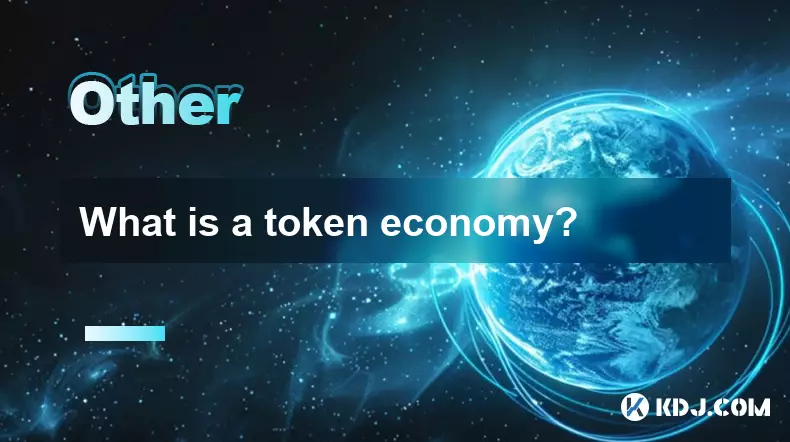
What is a token economy?
Sep 20,2025 at 12:18am
Understanding the Foundations of a Token Economy1. A token economy in the context of cryptocurrency refers to a system where digital tokens are used a...
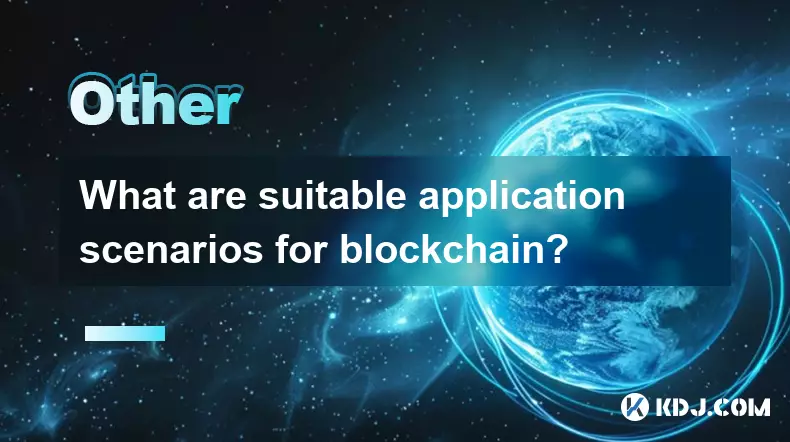
What are suitable application scenarios for blockchain?
Sep 20,2025 at 03:19am
Decentralized Finance (DeFi) Platforms1. Blockchain enables the creation of financial services without centralized intermediaries, allowing users to l...
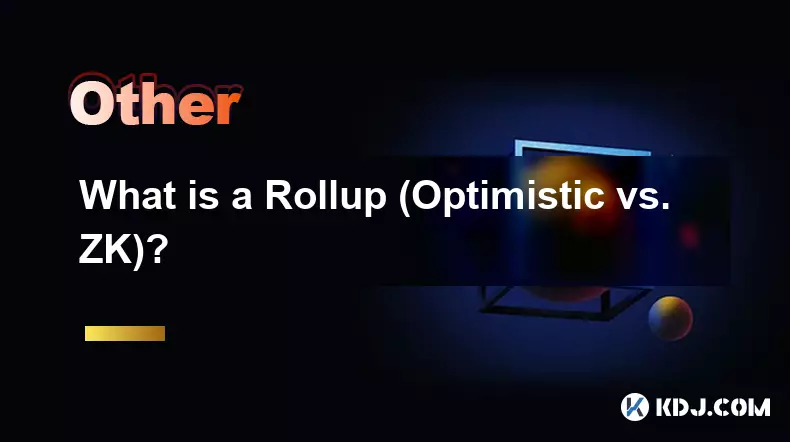
What is a Rollup (Optimistic vs. ZK)?
Sep 22,2025 at 03:00pm
Understanding Rollups in Blockchain Technology1. Rollups are layer-2 scaling solutions designed to increase transaction throughput on blockchains like...
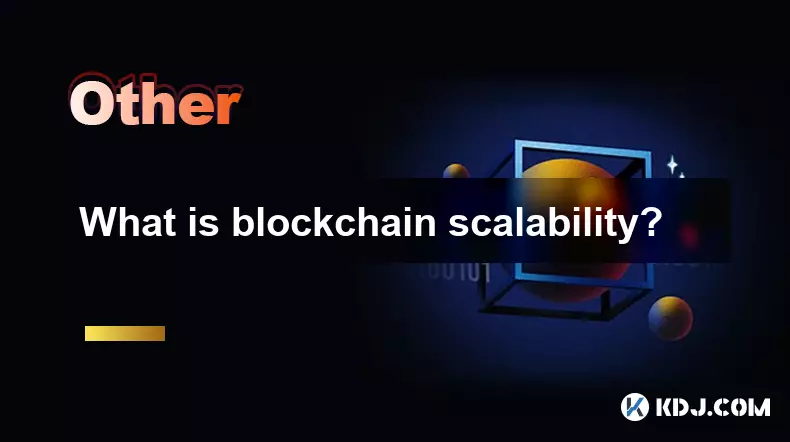
What is blockchain scalability?
Sep 19,2025 at 06:18am
Understanding Blockchain Scalability1. Blockchain scalability refers to a network's ability to handle an increasing number of transactions without com...
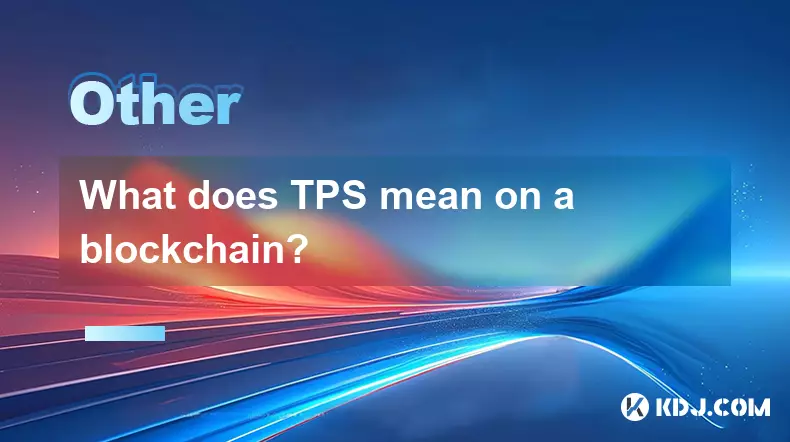
What does TPS mean on a blockchain?
Sep 21,2025 at 09:54am
Understanding TPS in Blockchain Technology1. TPS stands for Transactions Per Second, a metric used to measure the number of transactions a blockchain ...
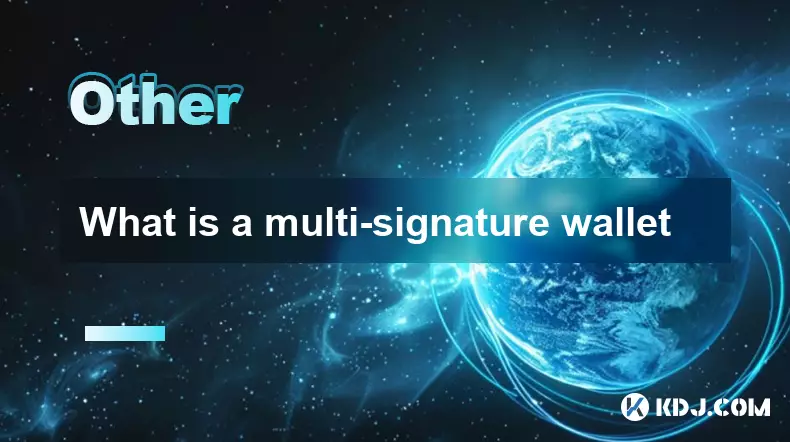
What is a multi-signature wallet
Sep 20,2025 at 07:00am
Understanding Multi-Signature Wallets in Cryptocurrency1. A multi-signature wallet, often referred to as a multisig wallet, is a type of cryptocurrenc...

What is a token economy?
Sep 20,2025 at 12:18am
Understanding the Foundations of a Token Economy1. A token economy in the context of cryptocurrency refers to a system where digital tokens are used a...

What are suitable application scenarios for blockchain?
Sep 20,2025 at 03:19am
Decentralized Finance (DeFi) Platforms1. Blockchain enables the creation of financial services without centralized intermediaries, allowing users to l...

What is a Rollup (Optimistic vs. ZK)?
Sep 22,2025 at 03:00pm
Understanding Rollups in Blockchain Technology1. Rollups are layer-2 scaling solutions designed to increase transaction throughput on blockchains like...

What is blockchain scalability?
Sep 19,2025 at 06:18am
Understanding Blockchain Scalability1. Blockchain scalability refers to a network's ability to handle an increasing number of transactions without com...

What does TPS mean on a blockchain?
Sep 21,2025 at 09:54am
Understanding TPS in Blockchain Technology1. TPS stands for Transactions Per Second, a metric used to measure the number of transactions a blockchain ...

What is a multi-signature wallet
Sep 20,2025 at 07:00am
Understanding Multi-Signature Wallets in Cryptocurrency1. A multi-signature wallet, often referred to as a multisig wallet, is a type of cryptocurrenc...
See all articles





















